
From healthcare and sustainability solutions, to lifestyle accessories and housewares, RKS Design has a history of solving complex and wide-reaching problems by paying close attention to user behavior and relying on a cross-discipline, multi-cultural team of experts for insight discovery. While many design firms can claim the same, or similar, qualities and achievements, RKS stands out from the crowd thanks to an uncommon vein of musical influence that shapes much of what the team accomplishes.
In addition to the work they've done with notable entertainment and audio clients like Line6, JBL and In2Technologies, the RKS team developed their own sustainable guitar and line of guitar gear. We interviewed RKS founder and CEO Ravi Sawhney to find out where this musical preoccupation comes from and what it does to further the firm.
Core77: What part do music and musical instruments play in the creative process at RKS?
Ravi Sawhney: Music is our drug of choice. As designers our creative zones are greatly influenced by the visual environment and the sounds that surround us. I found that growing up during the hippie era, I, like so many others, didn't just use music as background it was and is something we listened to, read into, believed in and connected with. As a student of design, I discovered that music could control my brain from being analytical to creative, from sketching to writing; I found the right music to make it happen. When Lance, my partner and RKS Creative Director, joined, we aligned on our love of music immediately and he introduced me to even more audiophile equipment. At the time, the studio rocked out on an NAD system with Canton speakers. It wasn't long before Lance had us listening to Linn equipment, which I still own at home, as does Lance. The studio today rocks out to JBL studio monitors we designed about four years ago. Music is always on here; in the studio, in the canteen, in the lobby and the prototype lab, and it's all different.

Ravi and the RKS team meet with Line 6 CEO, Paul Foeckler in 2012.
How has developing musical products impacted your approach to designing other, non-musical products?
When we work in the field, we observe people's rituals, their processes and their innate learned behavior (meaning muscle memory) in order to understand the user in a more in depth manner. We apply these learnings and insights into everything we design; product, experience or brand. In working with musicians and their gear, we learned that musicians have an innate ability that allows them to transcend thinking about what they're playing which allows them to fully express themselves through their instrument as an extension of their voice. The instruments they work with are time pieces that capture hundreds of years of design and craftsmanship within a single piece.
So, what's this got to do with designing wearables, an insulin pump, a garlic press, a new bicycle, etc? With each case, there are pre-learned behaviors. We all know that changing someone's behavior, or their learned motions, becomes increasingly difficult over time. This means that we have to experiment with consumers to understand their motivations and boundaries for change. The hardest part about designing new innovations and their experiences is finding the ability to motivate and inspire people to do new things. We all love new products, but what we love most, is doing something new and being successful at it. What we seek to do as designers is to expand and enhance what people love to do and take them on yet another great journey of experiences.
 Rock and Hall of Famer Dave Mason and professional musician John Sanmatero with Ravi Sawhney circa 2000, reviewing the initial foam concept of a new guitar, the genesis of the RKS Guitars.
Rock and Hall of Famer Dave Mason and professional musician John Sanmatero with Ravi Sawhney circa 2000, reviewing the initial foam concept of a new guitar, the genesis of the RKS Guitars.

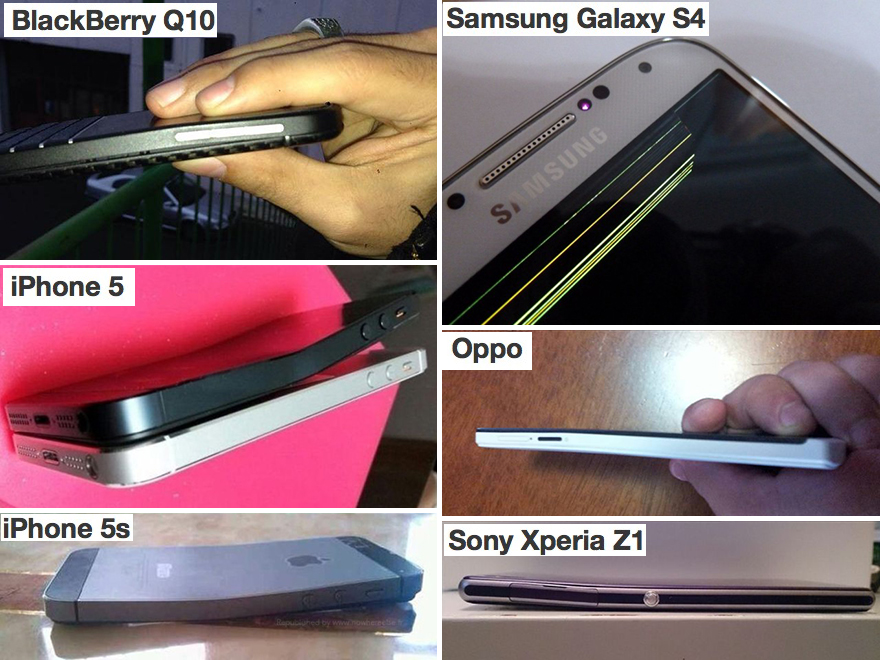








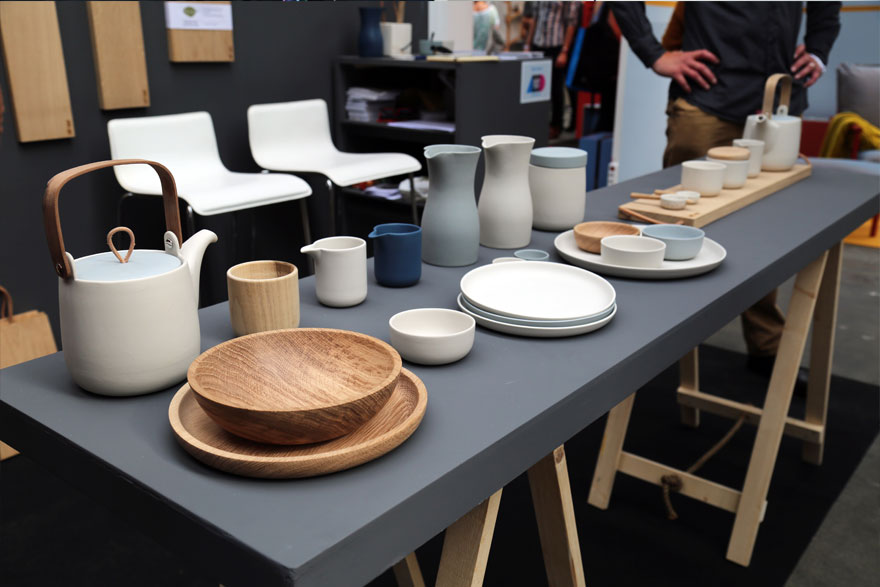


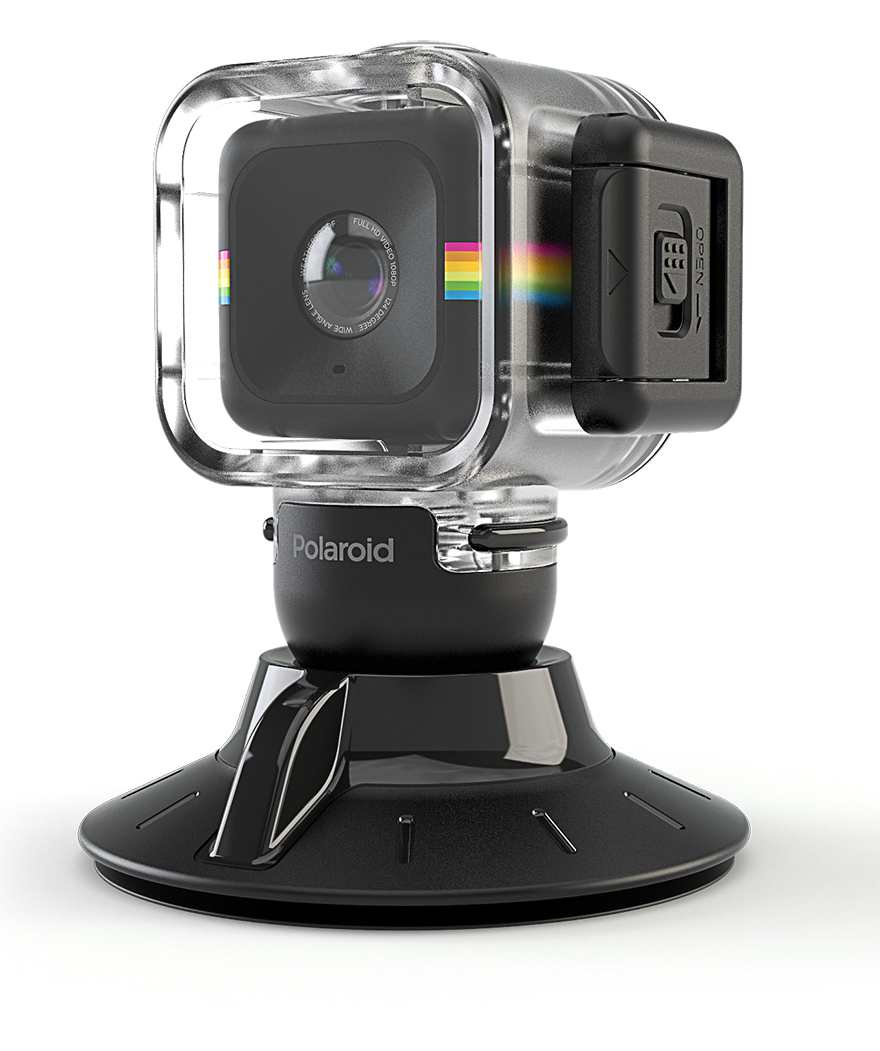

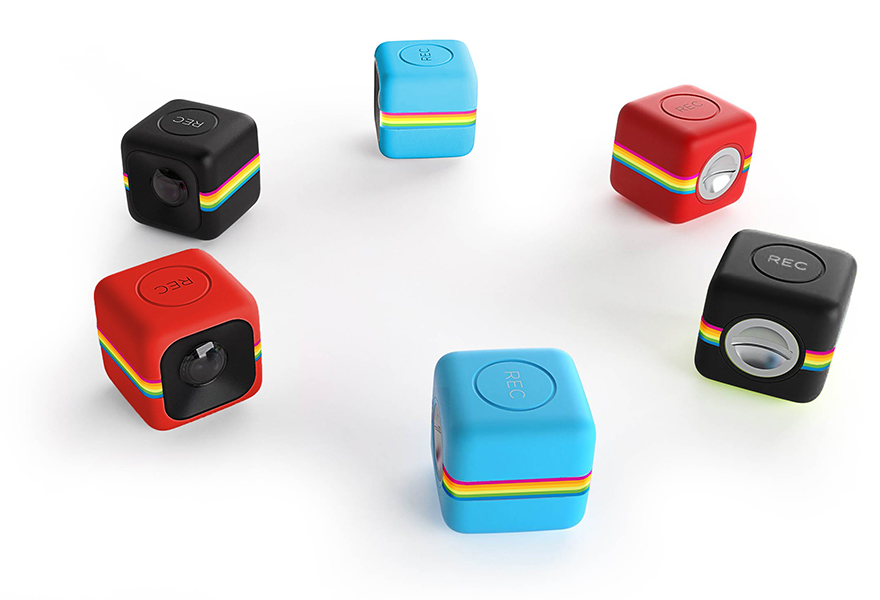










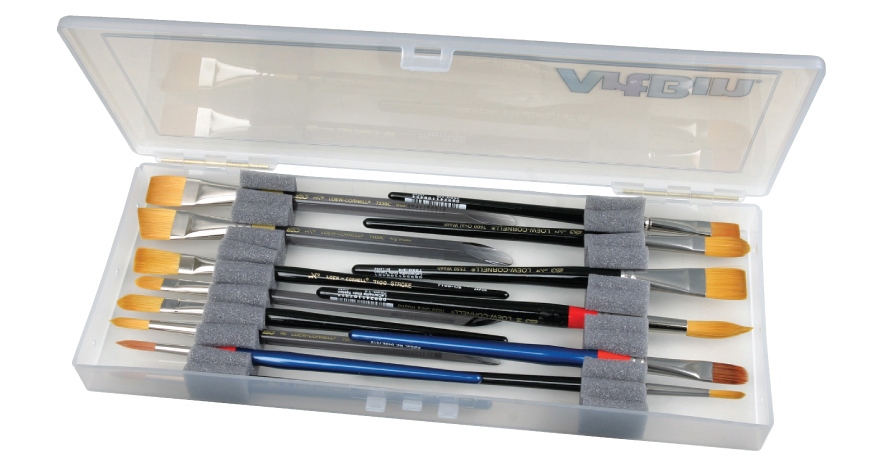






























 Artist Hanna Hedman wearing her own work, Loss. Photo: Sanna Lindberg
Artist Hanna Hedman wearing her own work, Loss. Photo: Sanna Lindberg










